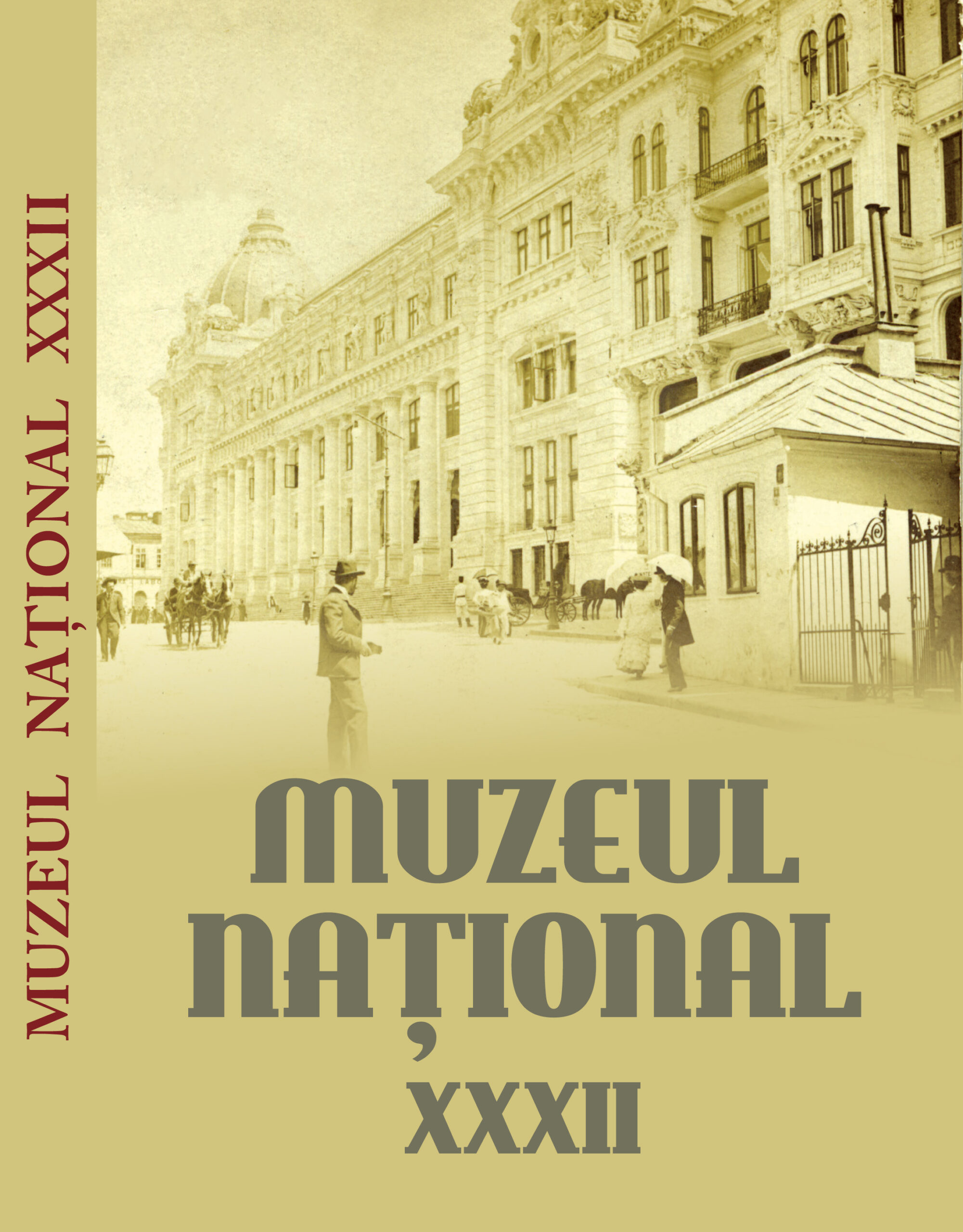Identificarea coloranților dintr-o mantie liturghică de secol XV din colecția Muzeului Național de Istorie a României
Dyes in a 15 Century Liturgical Mantle from the National History of Romania Collections
Author(s): Irina Petroviciu, Florin Albu, Marian Vîrgolici, Andrei MedvedoviciSubject(s): History, Middle Ages
Published by: MUZEUL NAȚIONAL DE ISTORIE A ROMÂNIEI
Keywords: Natural dyes; liquid chromatography; mass spectrometry; textiles; liturgical mantle; 15-th century;
Summary/Abstract: Dyes identification is a powerful tool in the study of textiles in museum collections. This is explained by several facts (i) natural dyes were the only source of colouring textile fibres from Antiquity and until the last decades of the 19-th century (when synthetic dyes became available); (ii) each dye source was originally used in its place of origin before being traded and (iii) commercial routes may be documented as being connected with geographical discoveries and historical events. Since 1997, a large number of textiles from Romanian collections have been studied in terms of dye analysis, first within a joint research between Romanian institutions and the Royal Institute for Cultural Heritage (KIK/IRPA) in Brussels and more recently due to an analytical protocol built for the first time in Romania, by using liquid chromatography with UV-Vis (diode array) and mass spectrometric detection.The present study discusses the results obtained by applying this new analytical procedure in the identification of dyes in a 15-th century liturgical mantle, made of brocaded velvet - assumed as “Venetian workshop” - with an embroided cross applied on the reverse. Dyes investigation are part of a larger project on the occasion of the liturgical mantle restoration, in 2015. Lac dye (Kerria lacca) and madder (Rubia tinctorum L.) were identified in the velvet, madder and tannins in the lining (understudy) and dyer's broom (Genista tinctoria L.), young fustic (Cotinus coggygria), madder and redwood type (Caesalpinia sp.) in the embroidery.Except for lac dye, whose detection in “Venetian” brocaded velvet is surprising, all the other sources are in perfect agreement with literature and previous analysis and therefore confirm the object authenticity and date.
Journal: MUZEUL NAȚIONAL
- Issue Year: 32/2020
- Issue No: 32
- Page Range: 331-352
- Page Count: 22
- Language: English

